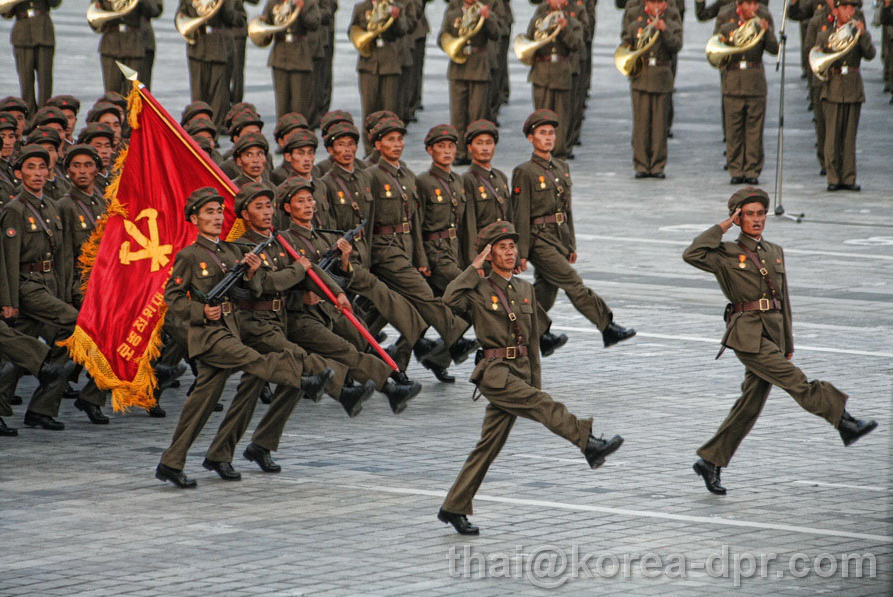
Is South Korea going to be attacked? Well, we can get a sense for market opinion by analogy with World War II.
Back in 2004, Financial History Review published an article correlating market events with World War II events. In particular, they looked at the prices of Nazi German bonds and Belgian bonds. Below is an example of Belgian bonds traded in Zurich. Before the invasion, starting in about 1936-37, the market slowly started demanding lower and lower prices (higher and higher yields) for taking the risk of buying bonds from Belgium. When Poland was invaded in 1939, Belgian bond prices dropped sharply. When Belgium itself was invaded, trading was briefly suspended (break in data), but then resumed at far lower prices (higher yields):

You can read the full article here.
So what’s going on with South Korea’s borrowing? Are investors demanding a high risk premium for buying South Korean debt? The answer is basically “no.” Here’s a graph of yield for South Korean bonds (you’ll have to mentally invert it to compare it to the graph above, which shows prices):

Over the last two years, buyers of South Korean bonds have been accepting lower and lower yields (higher and higher prices). There’s a slight uptick at the very end there, but overall, investors in aggregate seem to be saying that South Korea will be just fine.
But it’s hard to say, especially with menacing North Korean displays like this.